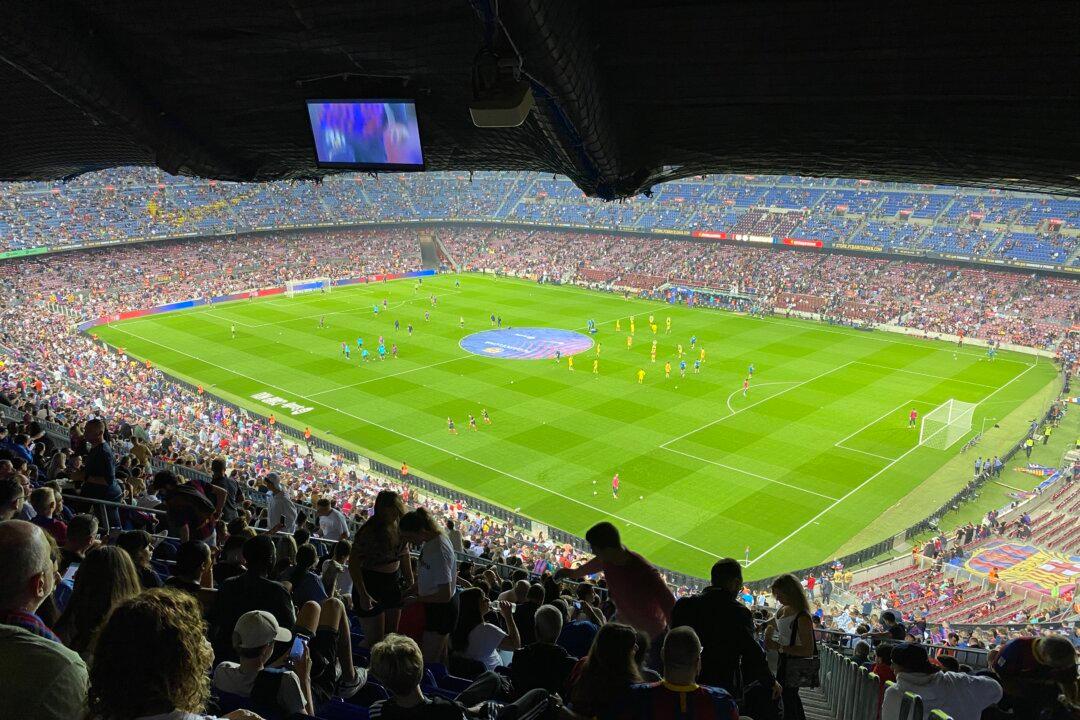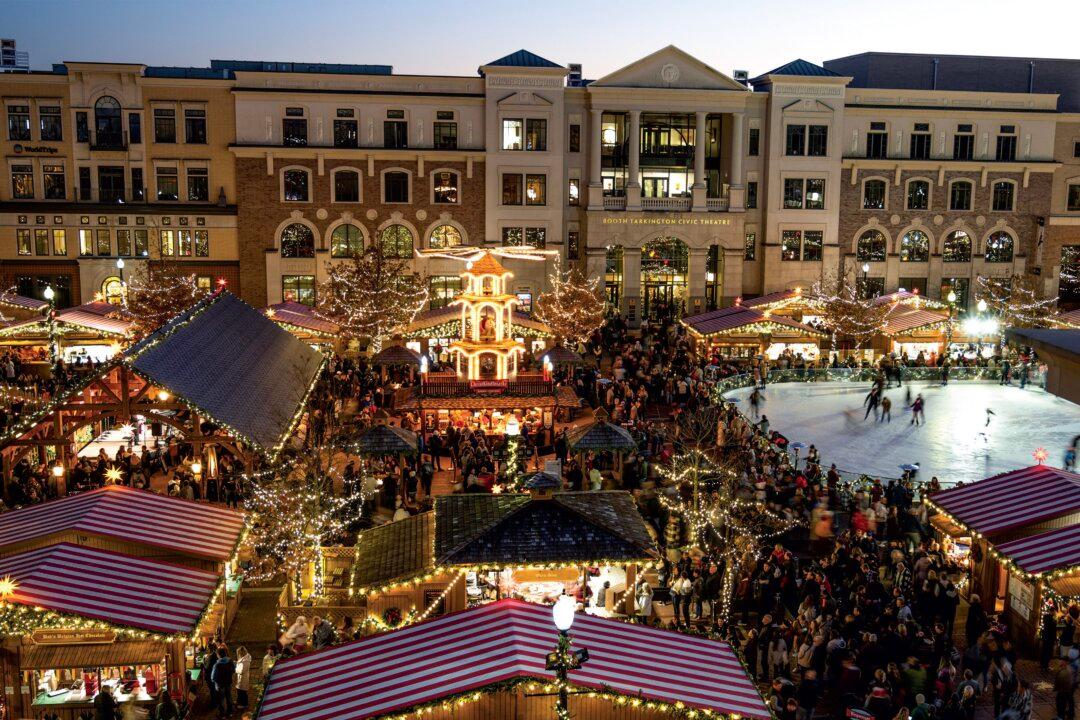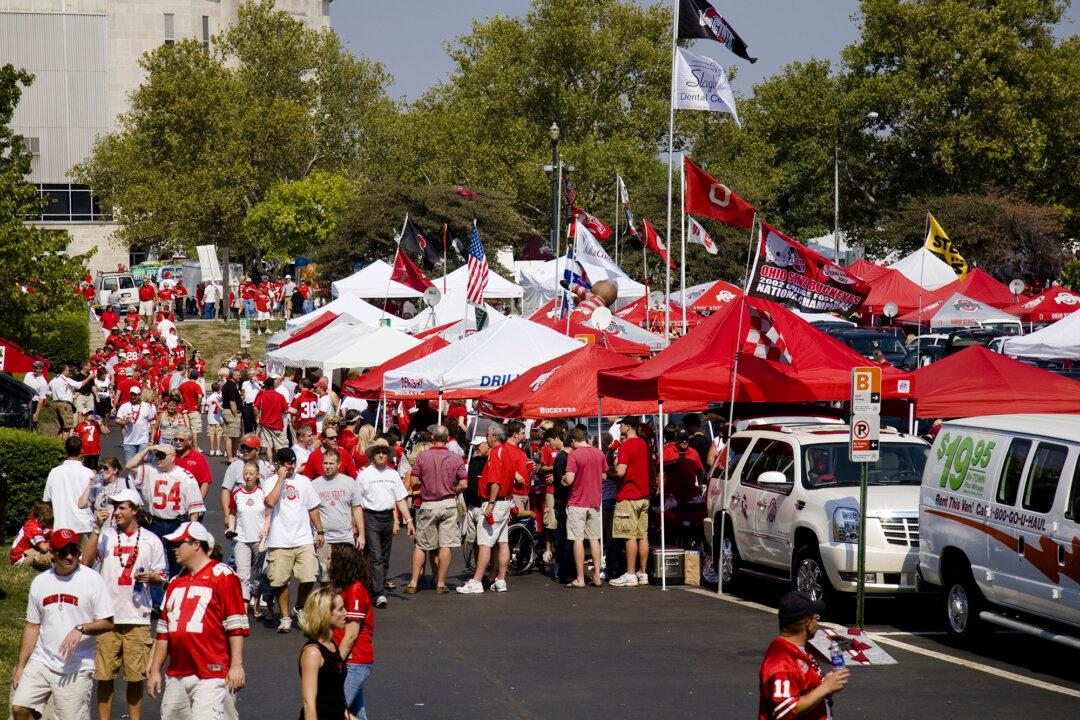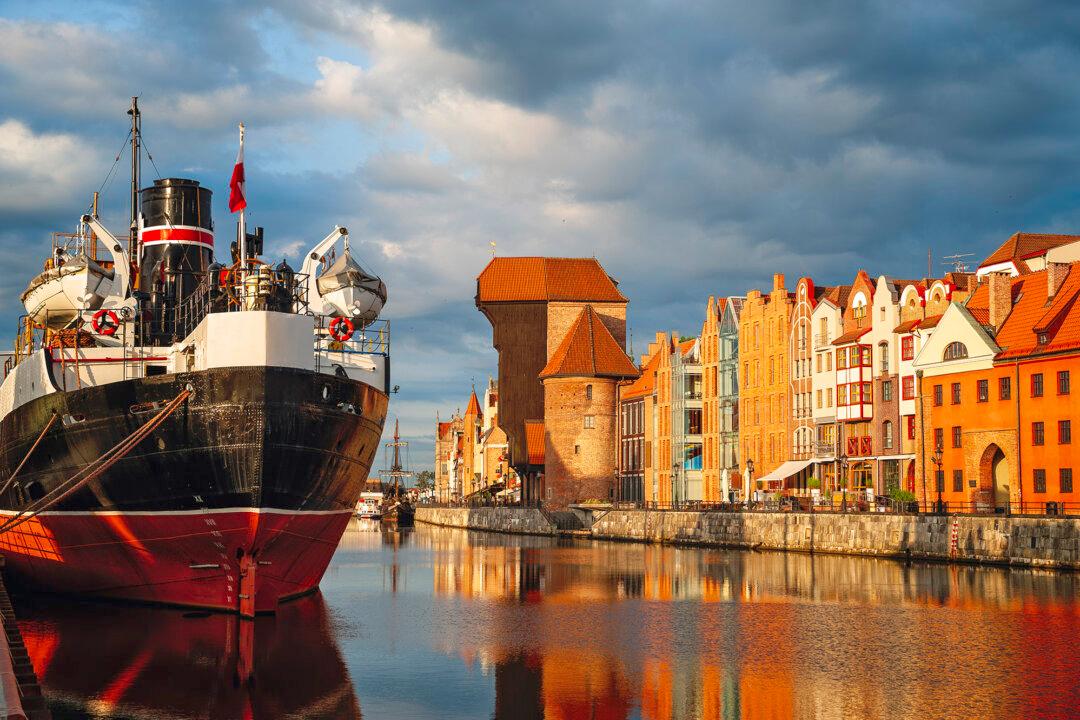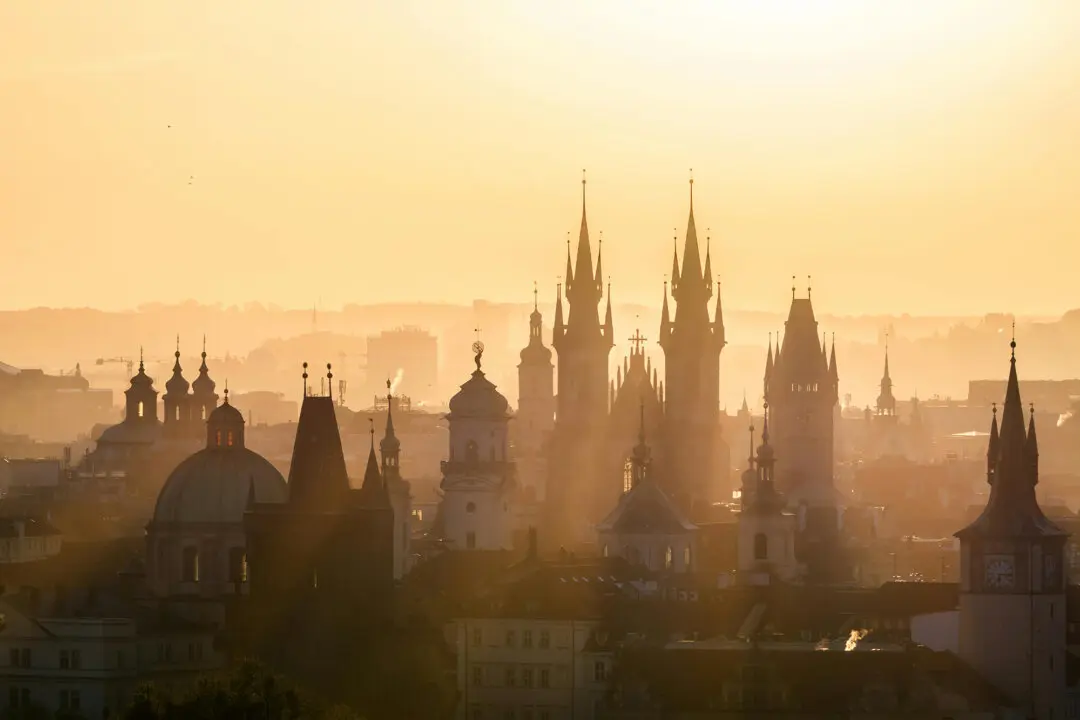As I got closer and closer to the stadium, the blue and garnet builds. First on the platform, then on the subway itself, the team spirit rises with each stop on the L-5 as more and more fans clad in team colors boarded for the short journey west on the blue crosstown line.
Disembarking at Collblanc station, our little train full of the faithful pours into the street, everyone dressed the same, like a river meets the sea.

